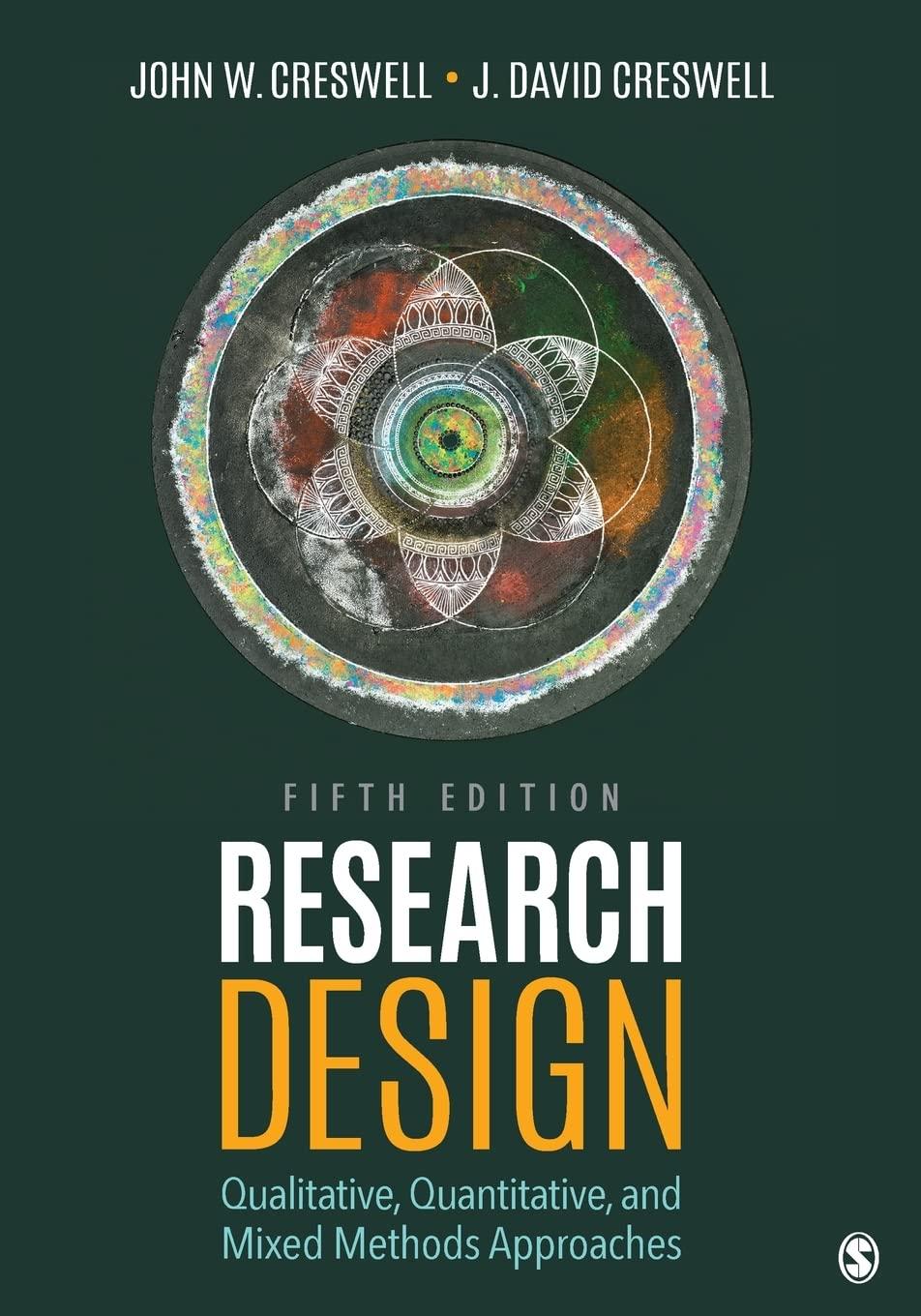Question
Consider an economy that consists of consumers, firms, and a government. The representative consumer has preferences over bundles of consumption goods c, and leisure l,
Consider an economy that consists of consumers, firms, and a government. The representative consumer has preferences over bundles of consumption goods c, and leisure l, satisfying the standard properties: more is preferred to less; preference for diversity; normality. The consumer is endowed with total hours h. The representative firm faces a constant returns to scale production function Y = zF(K,Nd), where Y is output of consumption goods, z is TFP, K is physical capital, and Nd is labour input. The amount of capital K is fixed. The firm is owned by the consumer, and as a result any real firm profits will be distributed to the consumer in the form of dividends, denoted . The government purchases a quantity G of consumption goods, and finances them by taxing the representative consumer lump-sum. Let T denote real taxes, and assume that the government balances its budget. Let the real wage per hour worked in terms of the consumption good be w.
(a) (10 marks) Assuming that the economy is initially in equilibrium, suppose that there is a negative shock that reduces the economy's productivity z. What will be the effects of the decrease in z on aggregate output, consumption, employment, welfare, and the real wage? Explain your results carefully. Are the effects on consumption, employment, and real wages consistent with fluctuations in productivity being a source of business cycles?
(b) (10 marks) Suppose now that in response to the negative productivity shock the government raises expenditures G to boost the economy. What will be the effects of the increase in G on aggregate output, consumption, employment, welfare, and the real wage? Will the government policy response be effective in boosting the economy? (Note: here you have to examine the effects of the increase in G in combination with the decrease in z from part (a)).
Step by Step Solution
There are 3 Steps involved in it
Step: 1

Get Instant Access to Expert-Tailored Solutions
See step-by-step solutions with expert insights and AI powered tools for academic success
Step: 2

Step: 3

Ace Your Homework with AI
Get the answers you need in no time with our AI-driven, step-by-step assistance
Get Started


